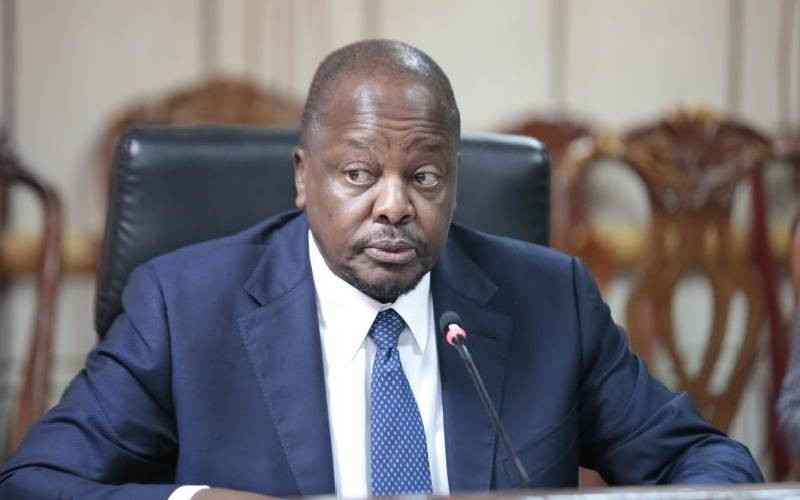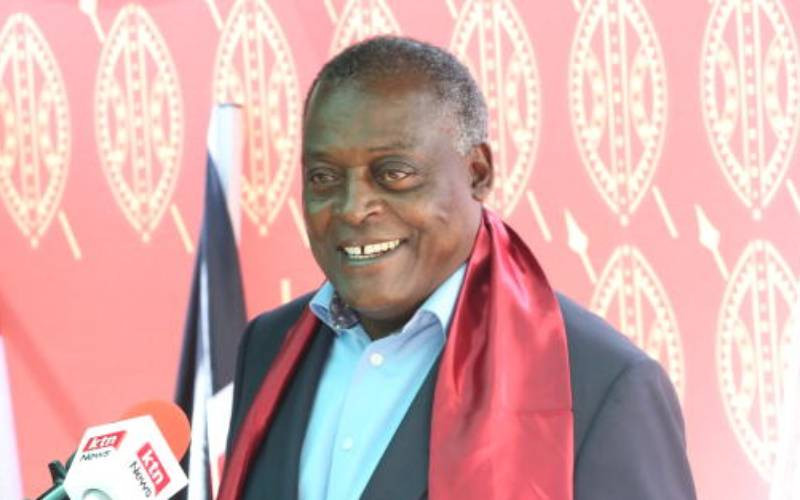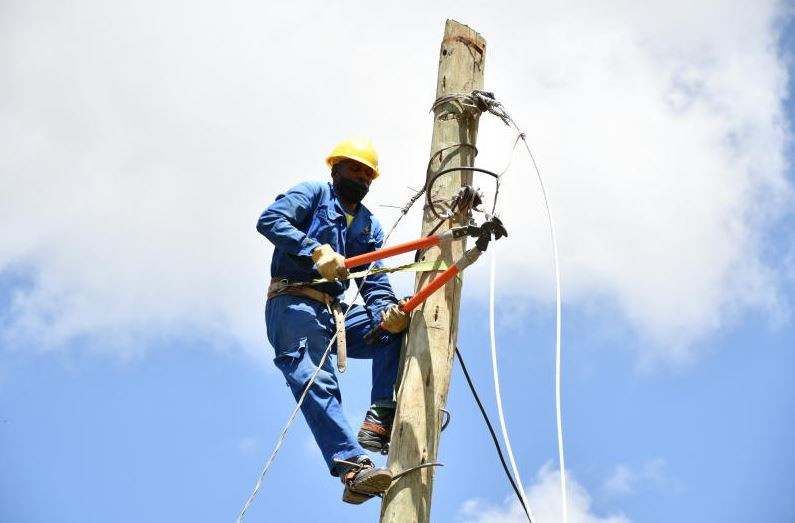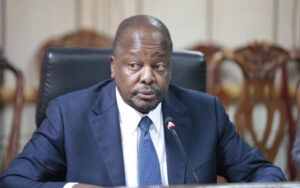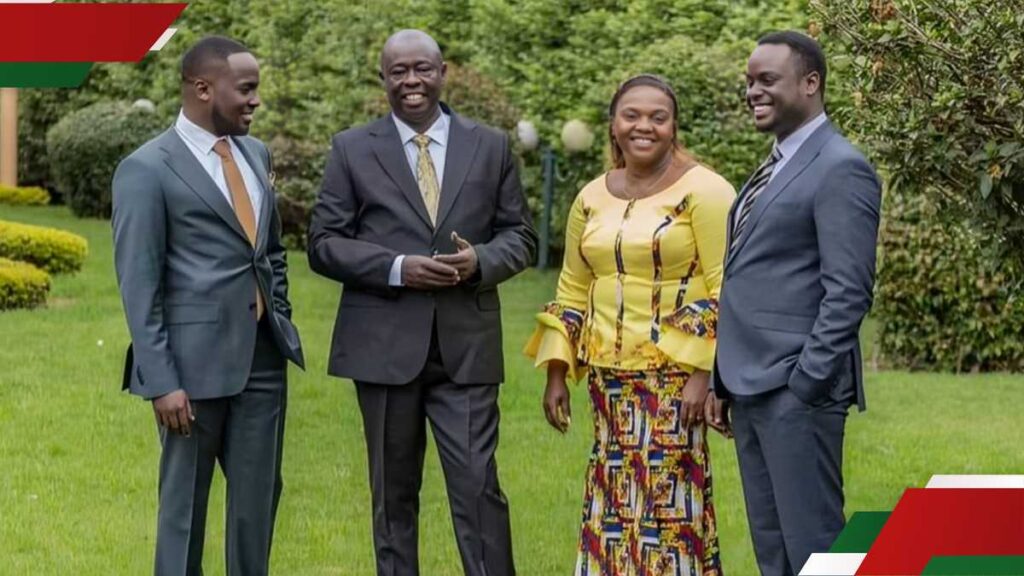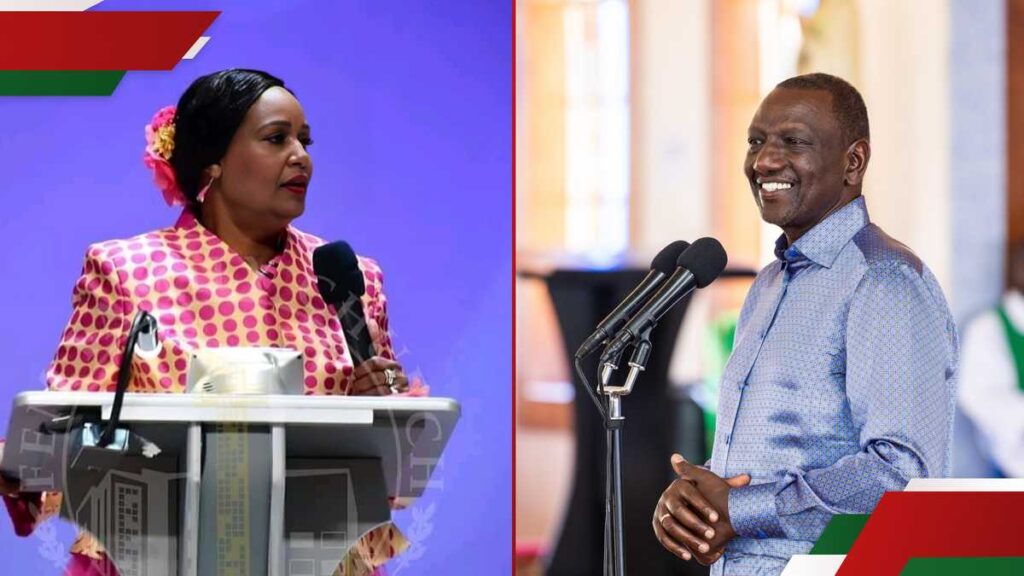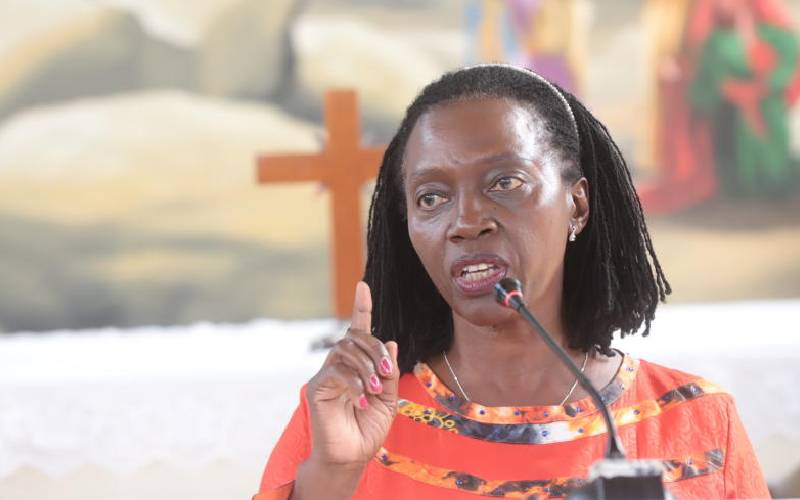Over twenty-four per cent of the electricity purchased by Kenya Power in the last financial year was lost through illegal connections and transmission losses.
This figure is seven percentage points above the threshold allowed by the Energy and Petroleum Regulatory Authority (Epra), which stipulates that losses should not exceed 17.5 per cent.
During the same period, the country recorded an increase in power outages, averaging nine hours per customer per month.
According to a report from the authority, 24.2 per cent of the total energy purchased by the national utility during the review period was lost. This represents a one percentage point increase from the 23.2 per cent recorded in a similar period in the previous financial year, attributed to both technical and commercial losses.
“Commercial losses refer to unbilled electrical energy delivered to consumers, including power supplied to illegal connections, unmetered connections, unread meters, and meter tampering,” the report states.
The authority further noted that while commercial losses are avoidable, technical losses cannot be eliminated entirely, though they can be minimised.
“July recorded the highest system losses at 24.9 per cent, while the lowest losses were recorded in December at 23.7 per cent,” the report adds.
In terms of power interruptions—measured by the System Average Interruption Duration Index—customers experienced outages lasting an average of 9.15 hours per month. This marked an increase compared to 8.84 hours per month in the same period of the previous year.
“This exceeded the allowable duration of 3.25 hours per month prescribed by the Authority for the current tariff control period. Notably, outages have increased over the past three years,” the report noted.
During the review period, August recorded the most reliable power supply, while November had the least reliable.
According to John Mutua, Director of Economic Regulation and Strategy at Epra, the authority is working with the e-mobility sector to drive adoption by introducing a discounted tariff category for electric vehicle (EV) charging.
“To ensure fair pricing for EV charging, the authority is currently undertaking a study to establish an appropriate end-user tariff for public charging stations,” he said.
Mutua added that the initiative aims to promote accessibility and affordability, ultimately encouraging more consumers to shift to cleaner transport solutions.
“Solar photovoltaic systems account for the highest contribution to the country’s captive generation capacity, making up 47.21 per cent of the total,” he said.
Stay informed. Subscribe to our newsletter




